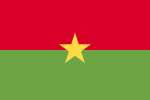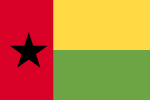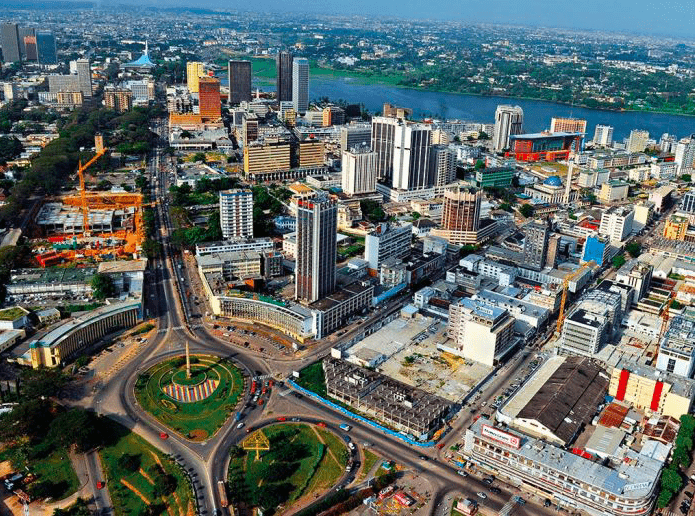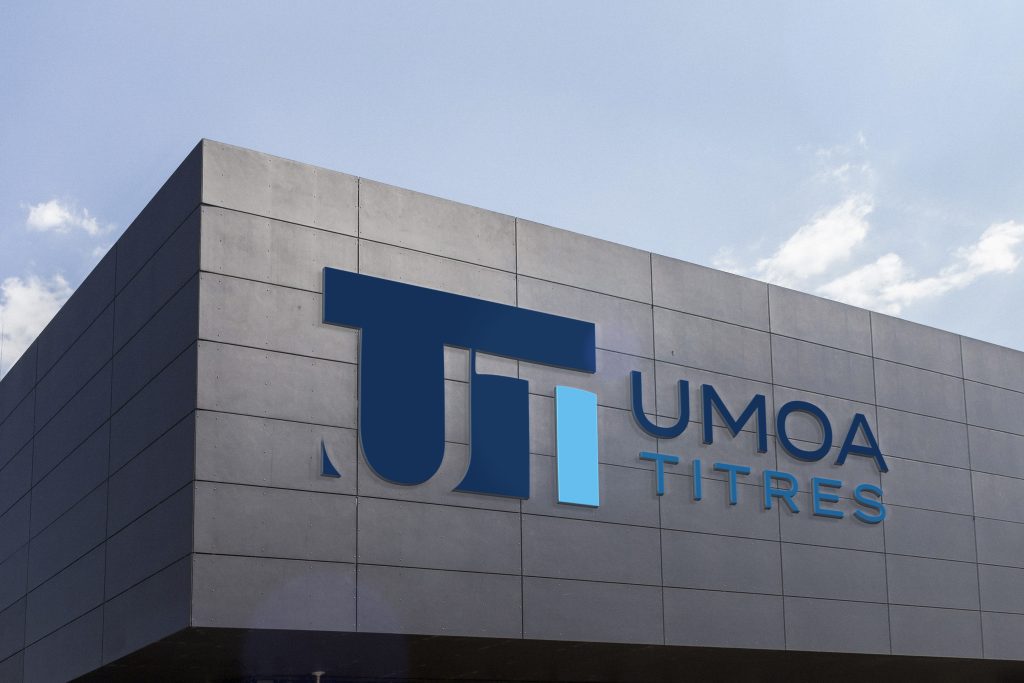The WAEMU’s largest economy by the size of its gross domestic product (GDP), Côte d’Ivoire remains one of the most dynamic economies in sub-Saharan Africa with growth estimated at 7.4% in 2021. Despite an unfavorable economic situation in 2020 linked to the COVID-19 pandemic, the Ivorian economy has been resilient and has recorded growth. The implementation of large-scale structural reforms, combined with the effectiveness of the economic and health response plan put in place, have enabled Côte d’Ivoire to contain the effects of the COVID-19 pandemic and achieve a growth rate of 2.0% in 2020 while the global economy and sub-Saharan Africa experienced a decline in their GDP.
Côte d’Ivoire’s economic outlook remains favourable. The country is expected to remain at the top of the list of the most dynamic economies in sub-Saharan Africa thanks to the good prospects in the hydrocarbon sector and the effective implementation of the new National Development Plan (NDP 2021-2025). The NDP 2021-2025, which is in line with the previous Plans, aims to remove the residual obstacles to the structural transformation of the Ivorian economy to raise Côte d’Ivoire to the rank of upper-middle-income countries by 2030. According to the ministry of finance’s projections, the real growth rate of the Ivorian economy would be 6.9% in 2022 before rising above 7.0% over the next three years.
Tertiary sector: Engine of the Ivorian economy
With a contribution of nearly 60% to the formation of GDP, the tertiary sector remains the main contributor in value to Côte d’Ivoire’s GDP in recent years. Between 2016 and 2020, its share in value increased from CFAF 13,292.0 billion to CFAF 14,877.0 billion. According to the forecasts of the Directorate of Forecasts, Policies, and Economic Statistics (DPPSE), the added value of this sector is estimated at CFAF 16,869.8 billion in 2021 and could reach CFAF 18,833.9 billion in 2022. The sector remains dominated by trade with a value-added of CFAF 6,722.5 billion in 2021.
The tertiary sector contributed 6.1 points to the growth of the European economy in 2021 compared with 1.2 points a year earlier. Regarding the contribution to the growth of the secondary sector, it came out at 0.9 points in 2021 after 0.4 points a year earlier. As for that the primary sector, it stood at 0.4 points in 2021, stable compared to 2020.
The secondary sector is the second largest contributor to the formation of Côte d’Ivoire’s GDP with an estimated share of 21.3% in 2021 against 20.9% in 2020, a decrease of 0.4 points. The projections establish an average share of 22.0% over the period 2022-2024. The secondary sector is characterized by the preponderance of the agri-food, construction, mining, energy, and petroleum products industries. The contribution of this sector to GDP is expected to increase with the ambition of the structural transformation of the Ivorian economy and the good prospects in the hydrocarbon sector (Oil and Gas).
As for the primary sector, its contribution to the formation of GDP is estimated at 20.1% in 2021, down 0.7 points compared to 2020. This sector remains dominated by export agriculture and subsistence and livestock agriculture, which contributed to the formation of GDP to the tune of CFAF 4,035.8 billion and CFAF 3,563.2 billion respectively in 2021.
National Development Plan and outlook
Côte d’Ivoire has adopted a new National Development Plan (NDP) for the period 2021-2025 (NDP 2022-2025). The 2022-2025 NDP, in addition to capitalizing on international and regional development priorities, including the Sustainable
Development Goals (SDGs) and vision 2063 of the African Union, is based on the long-term development visions resulting from: (i) the National Prospective Study Côte d’ivoire 2040 and (ii) the Côte d’Ivoire 2030 Strategic. The elaboration of the NDP is based on the scenario of the “Triumphant Côte d’Ivoire”. This scenario, which is intended to be initiative-taking, is based on the consolidation of political stability and an important level of productive and structuring investment, both public and private, in growth-enhancing sectors and the continuation of large-scale structural reforms. These investments should stimulate the development of industry, a key pillar of the structural transformation of the economy. The growth rate of the Ivorian economy would average 7.6% over the period 2021-2025 for a budget deficit in line with the WAEMU community standard of 3.0% from 2024.
Thus, in line with the previous National Development Plan, several structural reforms will make it possible to increase national capacities for the processing of raw cashew nuts and cocoa and to continue the construction of units for the husking and marketing of local rice. Indeed, the overall improvement in the business climate, coupled with the availability of dedicated industrial zones, should encourage the arrival of new investors in the field of cocoa and cashew processing. The objective is to achieve cocoa and cashew processing rates of 60.0% and 27.1% respectively in 2023. In addition, the National Strategy for the Development of Rice Cultivation for the period 2020-2030 has been developed and is being implemented to revive national rice production.
For a more complete view of the Ivorian economy and investment prospects, download Côte d’Ivoire’s free information note.
Source: Information Note of Côte d’Ivoire – UMOA-Titres , edition 2022.












